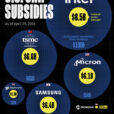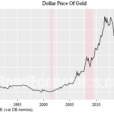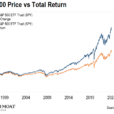Gold comes from the merger of neutron stars. How cool is that?
We always maintained that gold is a unique element and an investment. Its extraordinary features were the very reason why people chose the yellow metal as money. Just think about it: there are more than 100 elements, but it was gold that became a market medium of exchange used by people all over the world. Aurum is neither a gas (try to pay for dinner with helium!), nor radioactive, so it does not kill its users (it’s quite important, we assume). Gold is solid but malleable (so we can make all these shiny bars and coins). It does not react, so it is durable – actually, it is practically indestructible. And it is rare enough to be valuable, but not too rare (have you seen some osmium recently?). And it shines, of course!
For these reasons, gold has been used as money for thousands of years. And this is why it is still trusted by investors – during crises, the yellow metal is the ultimate safe haven, which has very low correlation with other assets. It thus serves as portfolio diversifier.
But it has recently turned out that gold’s uniqueness goes even further. Its history is also remarkable. Last week, scientists spotted gravitational waves produced from two colliding neutron stars (as a reminder, the 2017 Nobel Prize in physics has been awarded for contributions to the LIGO detector and discovery of gravitational waves). Now, what does this have to do with gold? Well, quite a lot. This element was created in the nuclear fire of a binary neutron star merger. Surely, all elements (hence, we, humans, as well!) are made from dead stars. Hydrogen and helium were generated by the Big Bang. Other elements were produced by explosions of stars. But even the supernovas are not powerful enough to create gold. Instead, it was created by a kilonova, i.e., a merger of two neutron stars (which are the smallest and densest stars known to exist).
What does it mean for the gold market? Not so much. But it is amazing to know that all gold investors own and trade a commodity that was produced in a neutron star collision. It’s really fascinating that people analyze and track prices of something which came from dead stars. Such news will probably not move the gold market, though.













Leave A Comment